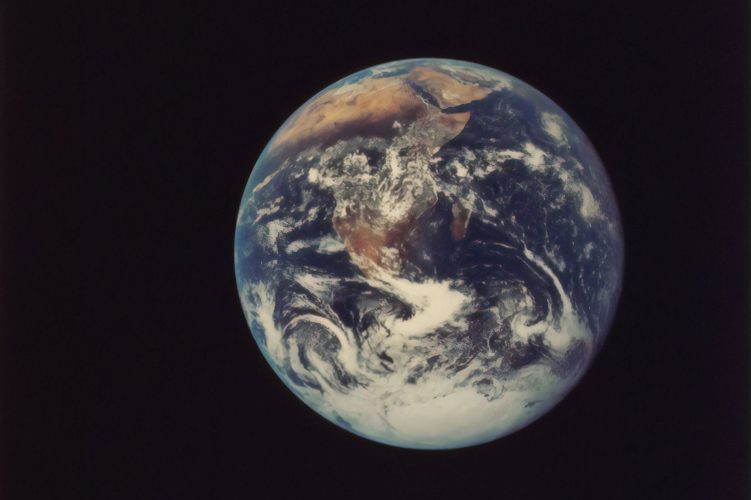You may have heard the story a few months ago regarding the end of human civilization in 2050, just a few short decades! It’s a sensational headline to draw in engagement – but equally terrifying. Is it really possible? The answer isn’t clear-cut, but I suppose an asteroid could impact our planet, or robots could take over in the next three decades. We do know we are seeing historical unpredictability in wildfires, heatwaves, hurricanes, tornadoes, drought, landslides, floods, and disease-carrying mosquitoes. In short: chaos.
It is silly we are even at the point that we need to sensationalize future climate predictions or continue to defend the point that humans are the reason for this quick increase in temperature. Most predictive models have underpredicted our current conditions. That’s right, actual temperatures have surpassed the models. We are causing a huge shift on timescales, never seen before. And so, we carry on with a disproportion of hope.
So, what comes next? What follows? How can we continue to hold on to hope for our future generations?
Because our minds struggle to comprehend numbers on the scale of billions, let’s analogize the Earth’s timeline to the scale of a human life, let’s say 100 years. If homo sapiens have been around for 300,000 years (of 4.5 Billion), that’s about three days in 100 years. So, humans, even in their earliest nomadic forms, have been around for three days. THREE DAYS. About 10,000 years ago, humans began to live in civilizations, and populations began to rise (and fast). Our connection to communities and spirituality began to erode – at first, this occurred at a slow pace. That’s been happening for relatively two hours. The origins of yoga were 5,000 years later – that’s about one hour of meditation, a practice to still the mind to reach our highest state of bliss, absorption of the individual self into the supreme self. We have a deep, unspoken connection to the forest and oceans, sensing that while our bodies will one day fade away, but our beings will infinitely live on within all.
But, we haven’t been burning fossil fuels for that long. In the last 100 years, we have visited space and the deepest part of the ocean; fought in major world wars and created atomic bombs; made advances in transportation and technology (hello, information age); and burnt lots of fossil fuels and trees, directly and indirectly killing animals. This all happened in approximately 70 seconds. Up to this point, this article takes longer than 70 seconds to read. What can be done in your 100-year life in 70 seconds that will utterly change you forever? Most events of this nature would be traumatic or catastrophic.
Your entire existence equates to 70 seconds for the earth, with seven billion others at the same time along for the ride. Some practicing love and compassion for themselves, others, and the Earth (what we recognize as the yamas and niyamas, or principles of yoga). Still, many treat our time here like we are the last organisms to live on this planet. And what is our legacy? What is your legacy? Will we recognize the union between our consciousness and nature before it’s too late?

Just like our minds can’t process how big a number 4,500,000,000 years is, we are also unable to process how big of a problem climate change is. We understand the concept of cause and effect, but we must grapple with the domino effect of climate change. Our planet is warming, and once the temperature rises to a certain threshold, other processes build off each other. Sea levels will rise from thermal expansion (warmer water takes more space than cooler waters), deep-ocean circulation patterns might change, and on top of those, the warmer oceans are absorbing more carbon dioxide and becoming more acidic (remember how oceans contribute to our breath?). If the poles melt, the reflection from ice and possibly clouds will decrease, meaning more sun rays are absorbed into our relatively dark-blue oceans, providing even more of a heating effect. Organisms unable to adapt or relocate as quickly as they need to will become threatened, and many species, both on land and in water, will meet extinction. Will humans be one of them?
Perhaps we must meet climate change in a new way. We see the cycle of life throughout the planet, but too often we forget that we are a part of it – the cycle of beginnings and endings. What if we are not meant to be more than a week of Earth’s story? As humans, we are biologically programmed to be attached to the body and driven to populate the earth with our genetic code. But, perhaps as our species evolves, we practice our acceptance that even if our species as we know it ceases to exist, our souls will continue to be a part of the universe.
Stay tuned for part two of this article in which I explore how yoga and practicing compassion for the planet can be used to mitigate climate change. Because, if we don’t love the Earth, we don’t survive as a species.
















